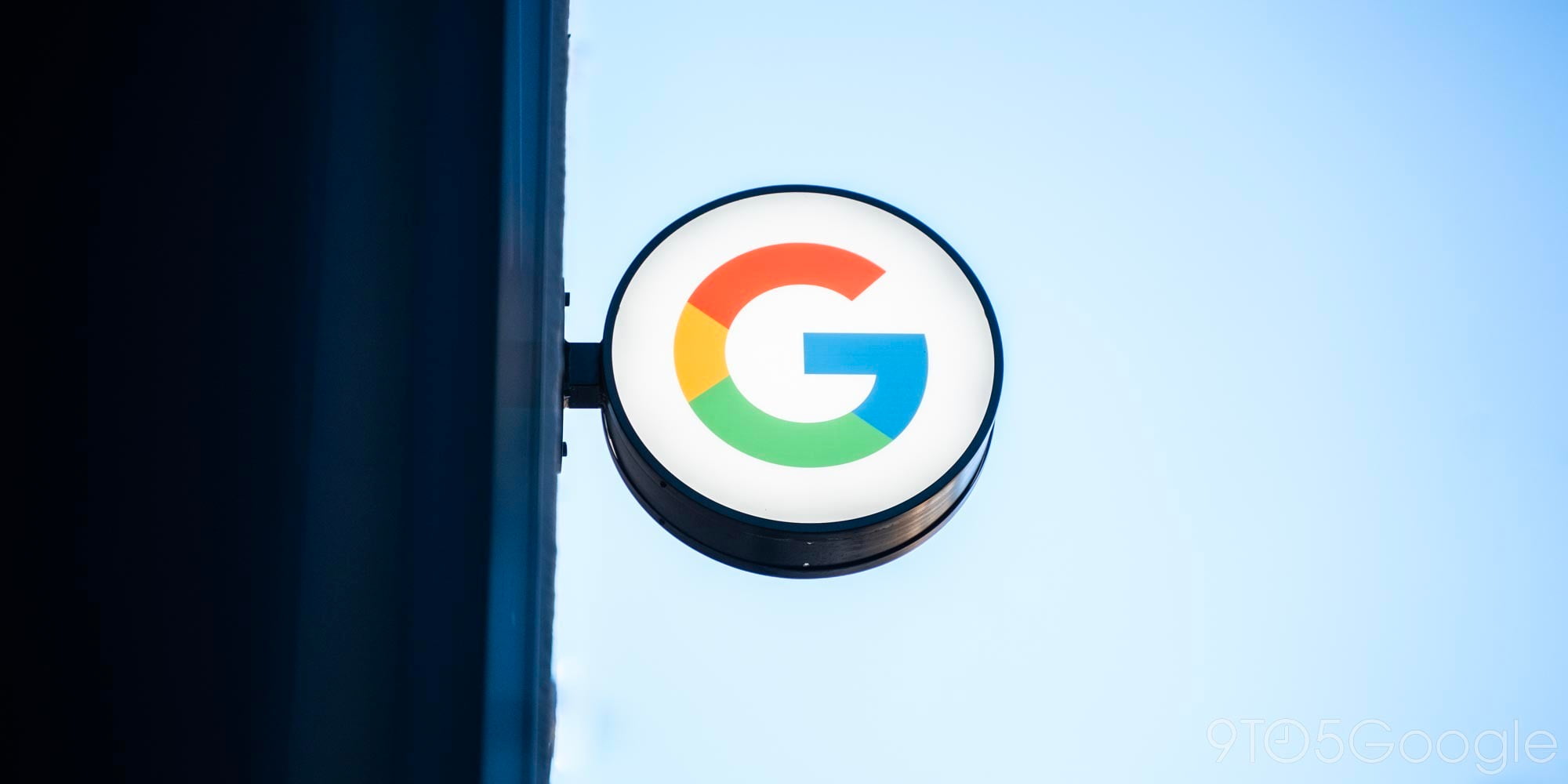
Research firm comScore today released its report on United States smartphone subscriber market share for the three month period ending in June. The report, released monthly, tracks the rankings of the top smartphone OEMs (original equipment manufacturers) and operating systems by consumer adoption. Month-to-month fluctuations in market share aren’t often major, but the data gives us more context around how the top players are doing as we eek towards the 2015 holiday season.
For the measured period, the story is much the same as what we’ve seen over the past few months. While Android and iOS continue to control 95% of the US smartphone market, Android’s hold continues to slowly lose strength while Apple’s iOS sees gains of 1 percent or greater during every 3-month period. Of the 76.7 percent of Americans who now own smartphones, 51.6% of them are using Android-powered devices while 44.1% are using iPhone’s. Three months ago, Android had a US market share of 52.4% while iOS controlled 42.6% of the market.
As I’ve said in the past, the story of Android is very much a story about the manufacturers building devices powered by it — perhaps almost as much as it’s about Google. That’s because much of what’s happening to Android’s market share on a month-to-month basis is a result of the choices, and the devices, that manufacturers like Samsung and HTC make. Android has had to deal with the headwinds of a struggling HTC, a Samsung which is still recovering the failure that was its Galaxy S5, and players like LG not having strong brands stateside. Google has begun attempting to break out Android as its own brand that maybe people will become loyal to rather than just the hardware brands building devices it runs on, but the impact of initiatives like that can’t really be seen in such short periods of time.
Speaking of manufacturers, the top Android players here in the US aren’t doing so hot. Apple continues to eat up more and more of the market, now seeing its logo on the back of 44.1% of all new smartphones sold here, and leaving the vast sea of Android players (and Windows players too, I guess) to fight for the rest. I say that because, while you could argue that the market as a whole is still getting bigger, it’s not really increasing that much in the United States anymore — it’s near full-saturation, the point at which Western players head to fast-developing nations like China for real continued growth opportunity.
China is one of the more interesting places for Android right now, where it still holds the vast majority of the market and new brands are rising by the day to try to acquire some of the astronomical amount of consumers there who still don’t own a smartphone. Android’s story for right now, then, is to look East!
FTC: We use income earning auto affiliate links. More.





Comments